Oil price posts two-year highs - but how long can it last?
Brent rose above $59 a barrel this week, its best third-quarter showing since 2004
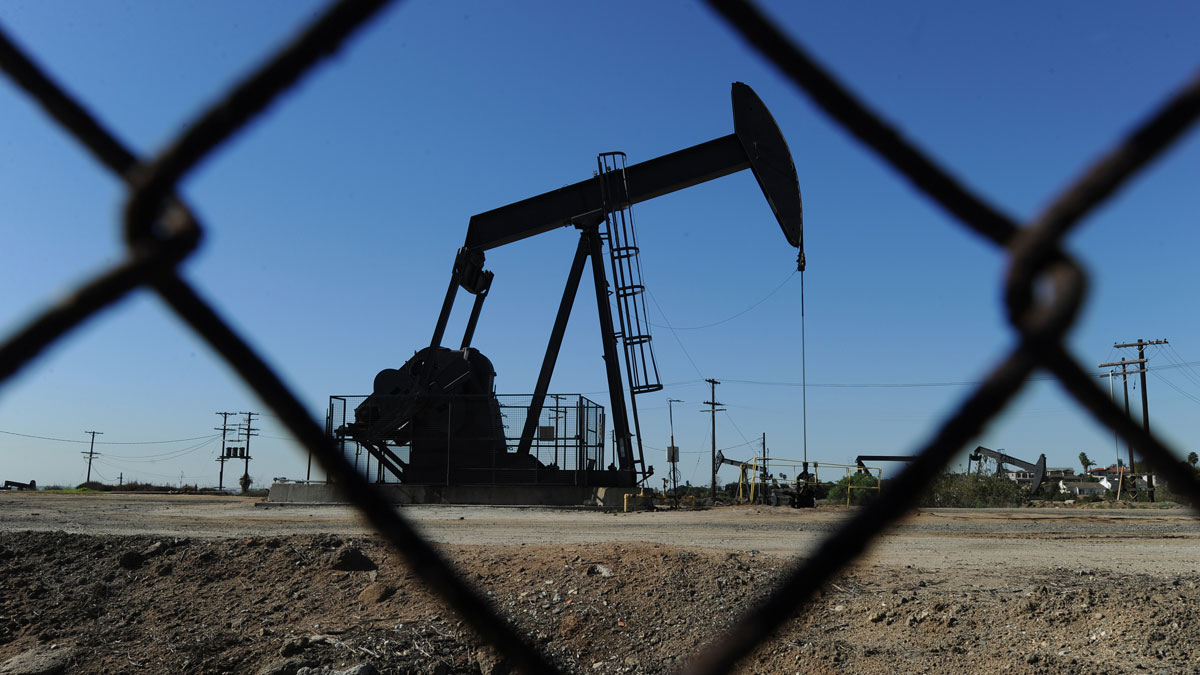
Oil prices shackled at 'painful' lows
29 September
Oil prices are not moving upwards – in fact, they lost ground again yesterday. This is despite the fact that production, at least in the US, has fallen sharply from its previous record highs as the brutal price decline starts to bite. As a result, more and more traders are now coming round to the 'lower for longer' view.
Eric Nuttall, portfolio manager at Sprott Asset Management, takes an optimistic view. He told the Wall Street Journal that he "would have thought [prices] would be higher, with the data points, but maybe people need another month or two" of output falls.
The Week
Escape your echo chamber. Get the facts behind the news, plus analysis from multiple perspectives.

Sign up for The Week's Free Newsletters
From our morning news briefing to a weekly Good News Newsletter, get the best of The Week delivered directly to your inbox.
From our morning news briefing to a weekly Good News Newsletter, get the best of The Week delivered directly to your inbox.
A more pessimistic, some might say realistic, analysis is offered by David Zusman, the chief investment officer at Talara Capital Management, who told the Wall Street Journal that the market is still "struggling with a lot of inventory", especially ahead of a potential return of Iranian exports. He said that rebalancing "doesn’t happen overnight... it takes a year or two".
Oil now seems to be caught in a narrow range. International benchmark Brent crude fell back below $48 yesterday. Hedge funds and other investors are broadly betting the worst of the oversupply is priced in and that oil prices will not return to the lows of $42 seen in August.
But $50 seems to be a tough ceiling to crack and most analysts are predicting prices will be rooted near this level well into next year.
At this level much production around the world is unprofitable and this is posing a significant challenge to the oil majors.
A free daily email with the biggest news stories of the day – and the best features from TheWeek.com
Writing in the Financial Times, King's College professor and former BP executive Nick Butler warned that the decision by Shell to abandon its costly arctic drilling in the face of falling prices emphasised the existential threat currently facing exploration companies. Most are burning through their identified reserves quicker than they are finding new ones – or at least new ones that it might be economically viable to develop.
"The Arctic debacle is a salutary reminder to oil majors that their old business model is reaching the end of its life," says Butler. "Change might mean a different energy mix and taking the lead in the global transition away from hydrocarbons. Or it might mean accepting new relationships with the state-owned companies that control the world’s remaining resources."
It’s a critical moment, he says, for oil companies around the world. "Only one thing is certain – the oil majors will have to change, or accept decline."
Oil prices set to move 'sideways', but still vulnerable
28 September
Oil traders have started the week in a pessimistic mood on the back of a report pointing again to a slowdown in manufacturing output in China.
International benchmark Brent crude is down by around 0.8 per cent to little more than $48 a barrel after an Asian trading session dominated by a nine per cent fall in Chinese industrial profits. The news, which has hit wider markets, adds to evidence of a fall in consumption in the world's second largest economy.
Oil is vulnerable to any signs of waning demand from such a key market, as the supply glut that has weighed on prices in the past year continues. Figures from Jefferies, the global investment banking firm, show that the slowdown in US production caused by a sharp drop in prices has softened oversupply, but this global output still exceeds demand by one million barrels per day, according to Reuters.
Traders are therefore focusing on the latest US production figures this week. If we enter a fifth week of declines – and this gathers pace – prices are likely to be higher. On the other hand, Goldman Sachs has warned that a "rapid draw down of observed wells" could lead to a bounce back in US production.
Overall, there is little to change the picture that prices are likely to remain low well into next year as the market struggles to use up the reserves overhang. The Wall Street Journal says prices should move "sideways" from their current lows this week, but that the economic data which could add to the case for an interest rate rise this year could bring about downward pressure.
A rates rise is likely to boost the value of the dollar, which weighs on commodity prices as they become more expensive to foreign buyers.
With nothing to change the view that prices are to remain lower for longer, producers are still substantially scaling back exploration. The latest project to be put on hold is Shell's controversial plan to drill in the Arctic. The Financial Times reports that the oil giant is preparing to take "billions of dollars in writedowns" after a test well suggested it was not economically viable.
The decision in part reflects the "high costs of the project" at a time when oil prices are less than half the level they were when it was started, according to Shell.
Oil prices head for end of year slide
25 September
Oil prices have edged up slightly in Asian trading overnight, but seem set for further lows before the end of the year as oversupply continues into 2016.
Reuters reports thatBrent crude, the international benchmark, has nudged up to a little more than $48 a barrel, while its US counterpart, West Texas Intermediate, has bumped above $45. Oil prices have dropped by about 10 per cent since the beginning of the month and are still up to $20 a barrel short of the level that would make much production profitable.
In the short term, oil prices have edged higher and this reflects a fall in refined oil stocks in China "implying strong demand due to two months of consecutive price cuts". But a drop in Japanese inflation has added to concerns over global growth and affected investor confidence, while general "oversupply that analysts estimate [is at] around 2.5 million barrels per day remains largely in place due to high production… in Russia and the Middle East".
ANZ bank has reiterated its bearish forecast on oil and predicted that WTI and Brent will fall by ten per cent and three per cent respectively over the coming three months to $41 and $47.
Another pessimistic estimate spells bad news for economies that are struggling with the price slump fuelled in part by a production turf war that has left an overhang of reserves that it could take 12 months to clear.
Bloomberg notes that Japan's deflationary environment is primarily due to the fall in oil, while the Financial Times adds that Norway has cut its interest rate to a "fresh record low" in order to stimulate an economy that relies on oil revenues. Some oil-dependent countries such as Venezuela and Nigeria are now facing the real prospect of bankruptcy.
At a more local level, Aberdeen is feeling the force of a decline in the North Sea offshore industry that uses the city as a base. The BBC says that as many as 65,000 jobs have been lost over the last year and this has hit hotel occupancy and room rates.
Oil price tumble 'heralds further falls to come'
24 September
Global oil markets tumbled yesterday, with US crude futures settling down 4 per cent – but what are the longer-term prospects for the commodity?
The price of crude oil has fallen nearly 65% from its peak in August 2014, notes Forbes. Speculating on where crude oil prices might be heading next, Mike Patton recalls that so far this year oil prices have traded between $38 and $62 per barrel.
Taking into account the US Energy Information Administration's estimate that production will exceed consumption through the end of 2016, Patton argues that there is a "strong argument for additional price declines" on the horizon.
Using the Oil VIX, which measures the degree of risk in oil prices, as his gauge, Patton writes that at the close of business on Tuesday it was at 48.90 – much higher than its long-term average. However, within 24 hours it had risen to 52.10 and oil prices had fallen an additional 3.50%.
"An elevated Oil VIX is an indication of greater volatility (i.e. risk) and a higher potential for additional price declines," he writes. "Therefore, in the absence of a conflict, terrorist attack, natural disaster, or other unforeseen event, I believe the price of oil will remain range-bound and possibly fall even further."
However, in the shorter term crude-oil prices rebounded in early Asia trade this morning, reports MarketWatch. The move tracks the rally in most Asian stock markets after Chinese president Xi Jinping signalled more openness to foreign investments.
Have oil prices now reached a bottom?
23 September
Oil prices will remain lower for longer and will not recover substantially in 2016, but they will not fall any further either, according to investment bank analysts.
A survey of 13 investment banks by The Wall Street Journal saw the average forecast for Brent crude, the international benchmark, cut sharply by $9 to $58.70 a barrel for next year compared to the prediction just last month. This reflects an increasingly bearish mood as the Opec cartel has signalled it will not relent on its high-supply policy to defend market share.
Among these averages are some pretty pessimistic estimates. Goldman Sachs, for example, said recently that it expected Brent to remain below $50 for the whole of next year as the supply glut is slowly reversed, with a worst case collapse to just $20 (see below). But producers will welcome a rejoinder from Commerzbank's head of commodity research Eugen Weinberg, who agrees oversupply will persist in the coming 12 months but argues this has already been "priced in by the market and the current level will serve as the bottom for prices".
A bottom to the market was called before when Brent crude hit $45 in January, but after a rally came to an end in June it fell back sharply and briefly touched $42 earlier this summer. The benchmark has been rooted almost exclusively below $50 ever since. Brent is trading marginally up on Wednesday at a little more than $49 a barrel.
Assuming the current rates are a floor, it will still be cold comfort for many producers that are making a loss and need to see prices rise by up to $20 a barrel for this to change. The Financial Times reports comments from Alex Kemp, professor of petroleum economics at Aberdeen university and "one of the Scottish National party's favourite oil economists", who says North Sea oil explorers will find it almost impossible to make any money without further severe cost cuts.
That is precisely what many are doing. In a separate report, the FT notes that producers are attempting innovative methods to cut the cost of new production and keep exploration activities going during the slump, including using sniffer dogs to detect leaks on platforms, slowing down tankers to conserve fuel and controversial changes to workers' shift patterns.
-
 Metaverse: Zuckerberg quits his virtual obsession
Metaverse: Zuckerberg quits his virtual obsessionFeature The tech mogul’s vision for virtual worlds inhabited by millions of users was clearly a flop
-
 Frank Gehry: the architect who made buildings flow like water
Frank Gehry: the architect who made buildings flow like waterFeature The revered building master died at the age of 96
-
 Is MAGA melting down?
Is MAGA melting down?Today's Big Question Candace Owens, Tucker Carlson, Laura Loomer and more are feuding
-
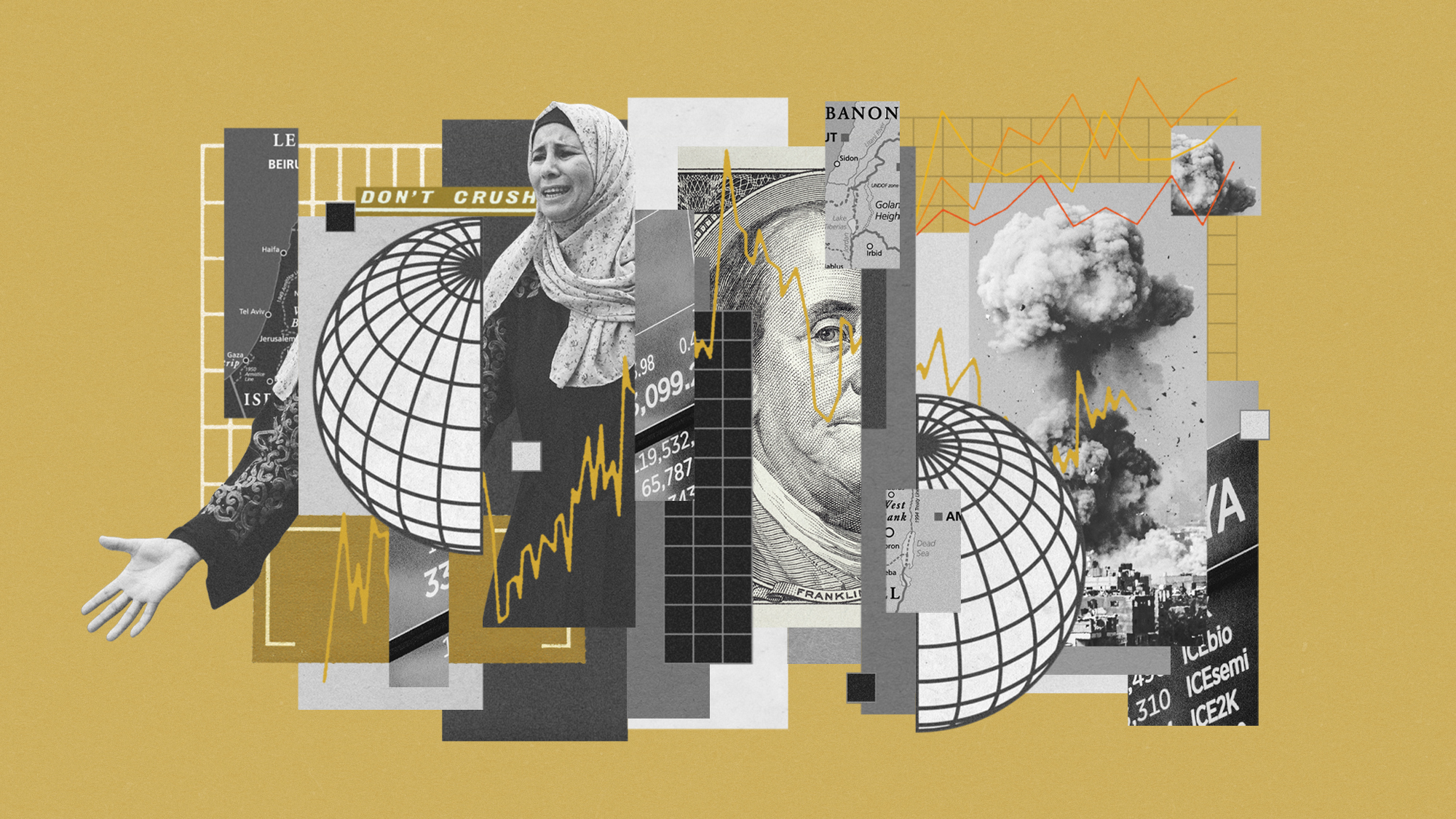 How might the Israel-Hamas war affect the global economy?
How might the Israel-Hamas war affect the global economy?Today's Big Question Regional escalation could send oil prices and inflation sky-high, sparking a worldwide recession
-
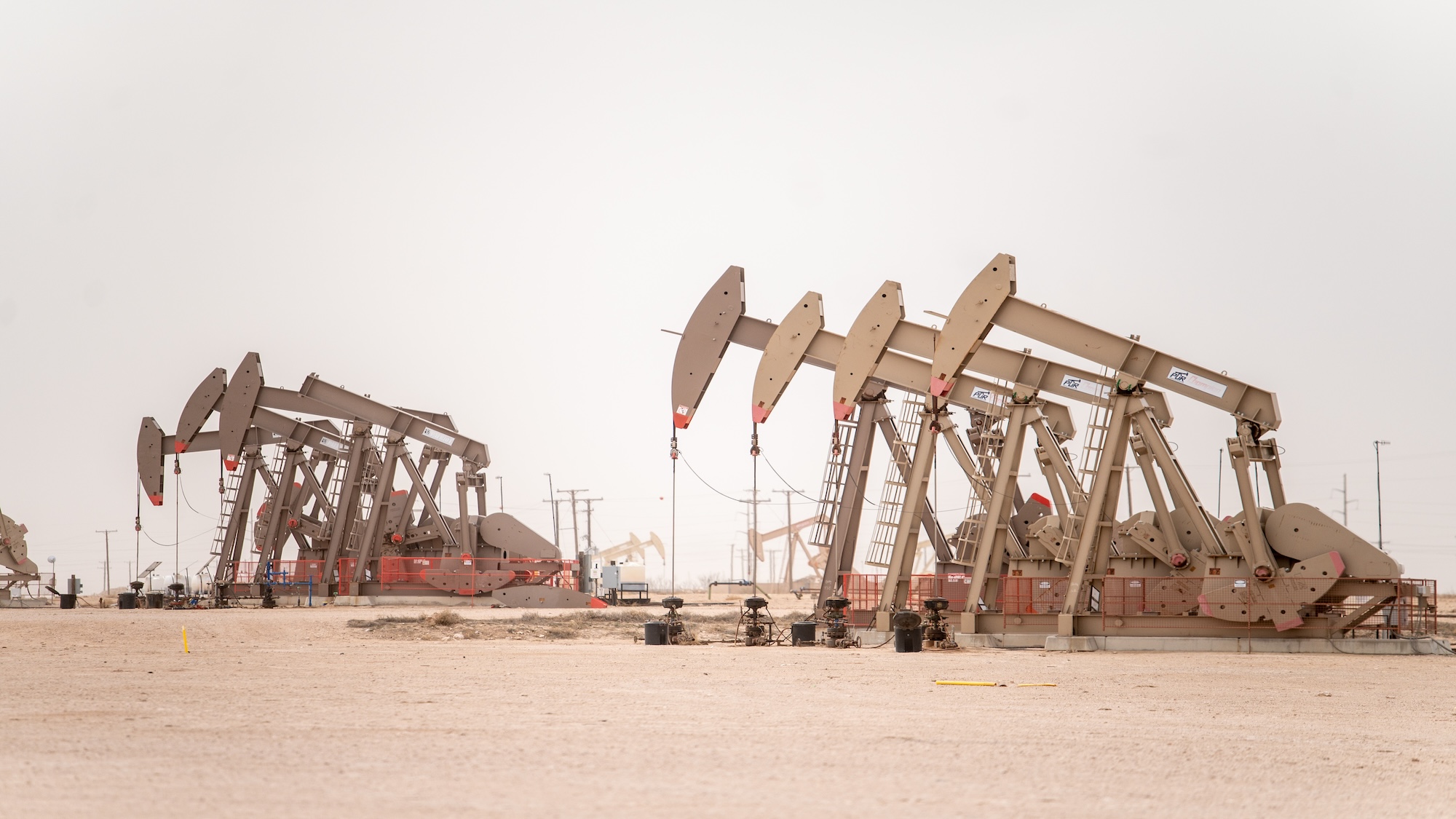 Recent mega-mergers could signal a turning point for the US oil industry
Recent mega-mergers could signal a turning point for the US oil industryTalking Point Both Chevron and Exxon have recently spent billions to acquire smaller oil companies
-
 Has Saudi Arabia lost control of oil prices?
Has Saudi Arabia lost control of oil prices?Today's Big Question Kingdom goes it alone to cut production, risking tension with US and reigniting cooling inflation in Europe
-
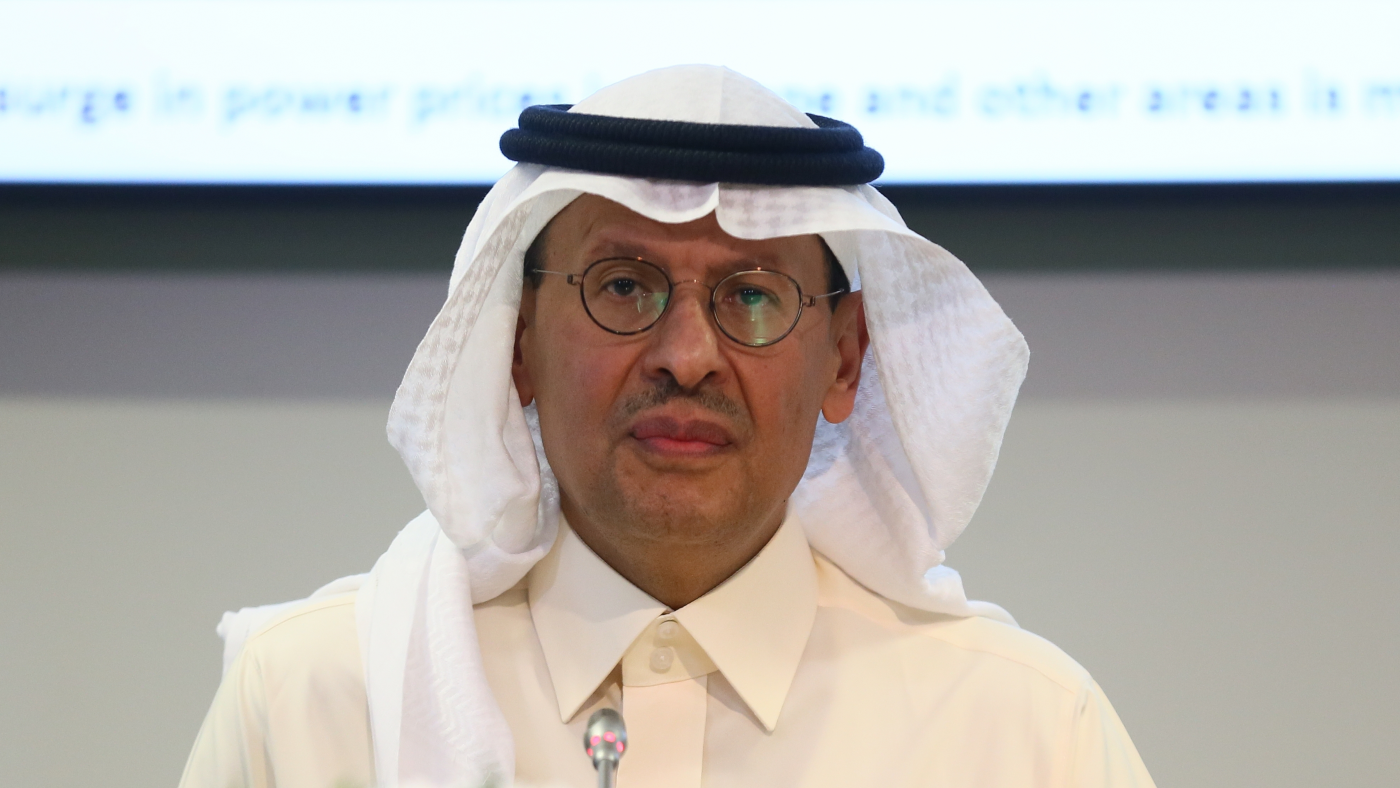 US angered by Opec+ oil cut
US angered by Opec+ oil cutSpeed Read Energy prices to rise further as producers slash supply by two million barrels a day
-
 Global oil demand forecast lowered for 2020 and 2021
Global oil demand forecast lowered for 2020 and 2021Speed Read IEA report says jet fuel demand remains the major source of weakness
-
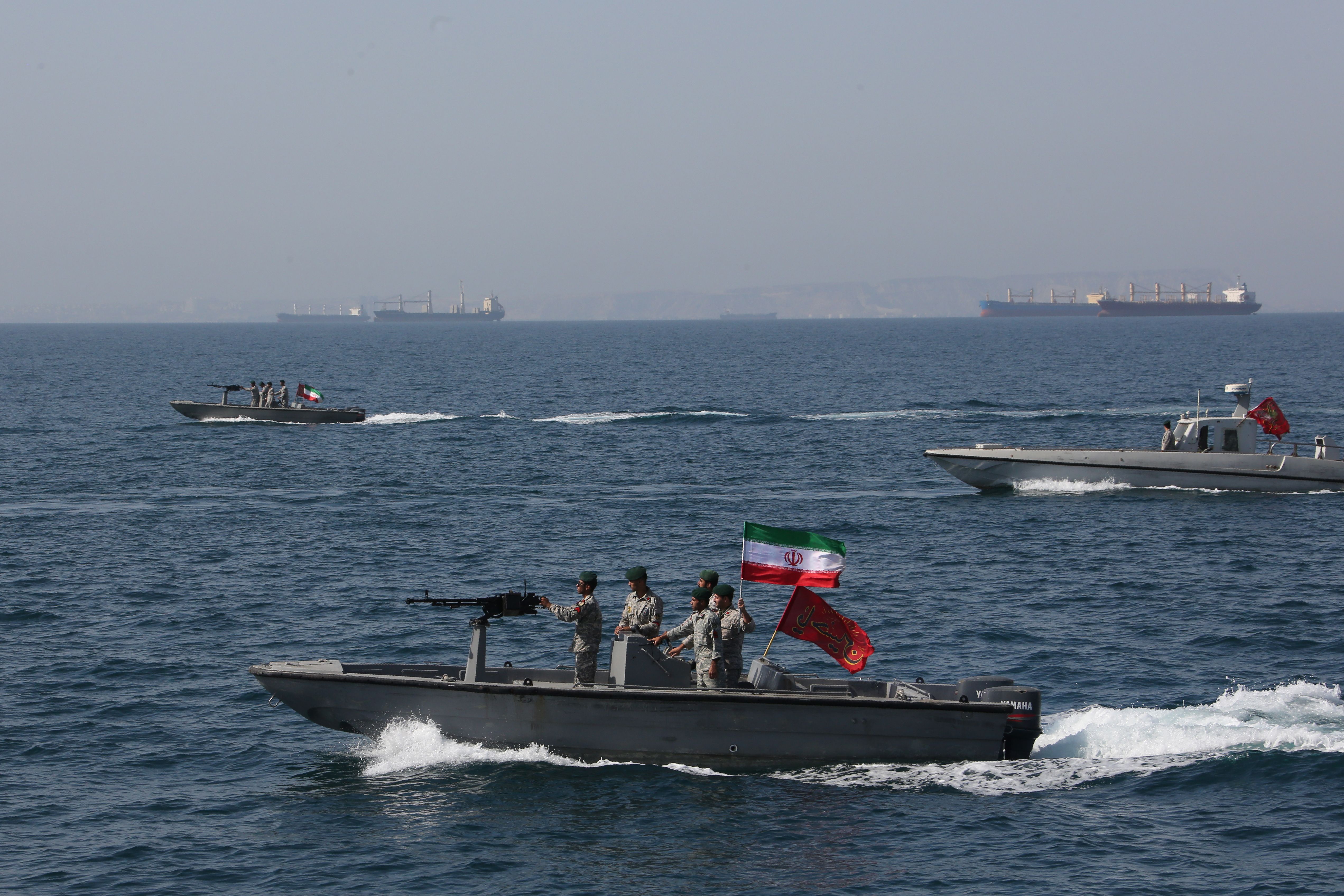 Are US-Iran tensions flaring again?
Are US-Iran tensions flaring again?In Depth Trump threatens military action over Twitter
-
 Can a deal be struck to raise oil prices?
Can a deal be struck to raise oil prices?In Depth Opec+ will convene today over video link in a bid to boost crude
-
 What do negative oil prices mean?
What do negative oil prices mean?In Depth Perfect storm of oversupply and storage shortages sees producers paying to get rid of US crude